Thanks to a healthy marketing environment, small firms will have many opportunities to create significant relationships with consumers. Not only is it a tactic, but it’s the cornerstone of business expansion to customize your approach to appeal to your target market. Deeply exploring innovative ideas that focus your consumer in all you do, the paper “15 Marketing Strategies for Small Businesses” We have distilled the essential components of successful marketing into useful guidance to enable your company to flourish and expand and to establish meaningful relationships with consumers. As you apply these techniques, Plerdy is a helpful tool that will enable you examine the efficacy of your site from several digital marketing and user behavior aspects. Remember always that a step in the right route is always refining your marketing plans. Working together, we can find the potential of tailored marketing for your business.
Understanding Modern Consumer Behavior
Any company trying to survive must first learn the nuances of today’s consumer behavior. Given the changing panorama of marketing, one must acknowledge the changes in consumer tastes and values. Think about the craft beer business, for example. Consumers today give real tales top priority over mass-produced brands, which forces companies to change their marketing plans.
Some important revelations to consider:
- Personalization: These days, the one-size-fits-all strategy falls short. Companies who customize their marketing messaging to fit particular consumer tastes find more loyalty and involvement.
- Value-activated Purchases: Particularly common in fields like sustainable fashion, consumers increasingly choose companies whose ideals match their own, therefore pushing companies to be more open and real in their marketing stories.
- Digital Interactions: Modern company operations today revolve mostly on the digital customer experience, whether via simplified mobile apps or artificial intelligence chatbots.
Businesses that match these changes with their goals not only improve client connections but also guarantee that their marketing initiatives produce noticeable effects. For companies trying to grow, knowledge of and adaptation to these changes is not only helpful but also absolutely necessary. Thus, examine closely your client data, hone your marketing initiatives, and make sure your company stays on top of consumer development.
Leveraging Local SEO Techniques
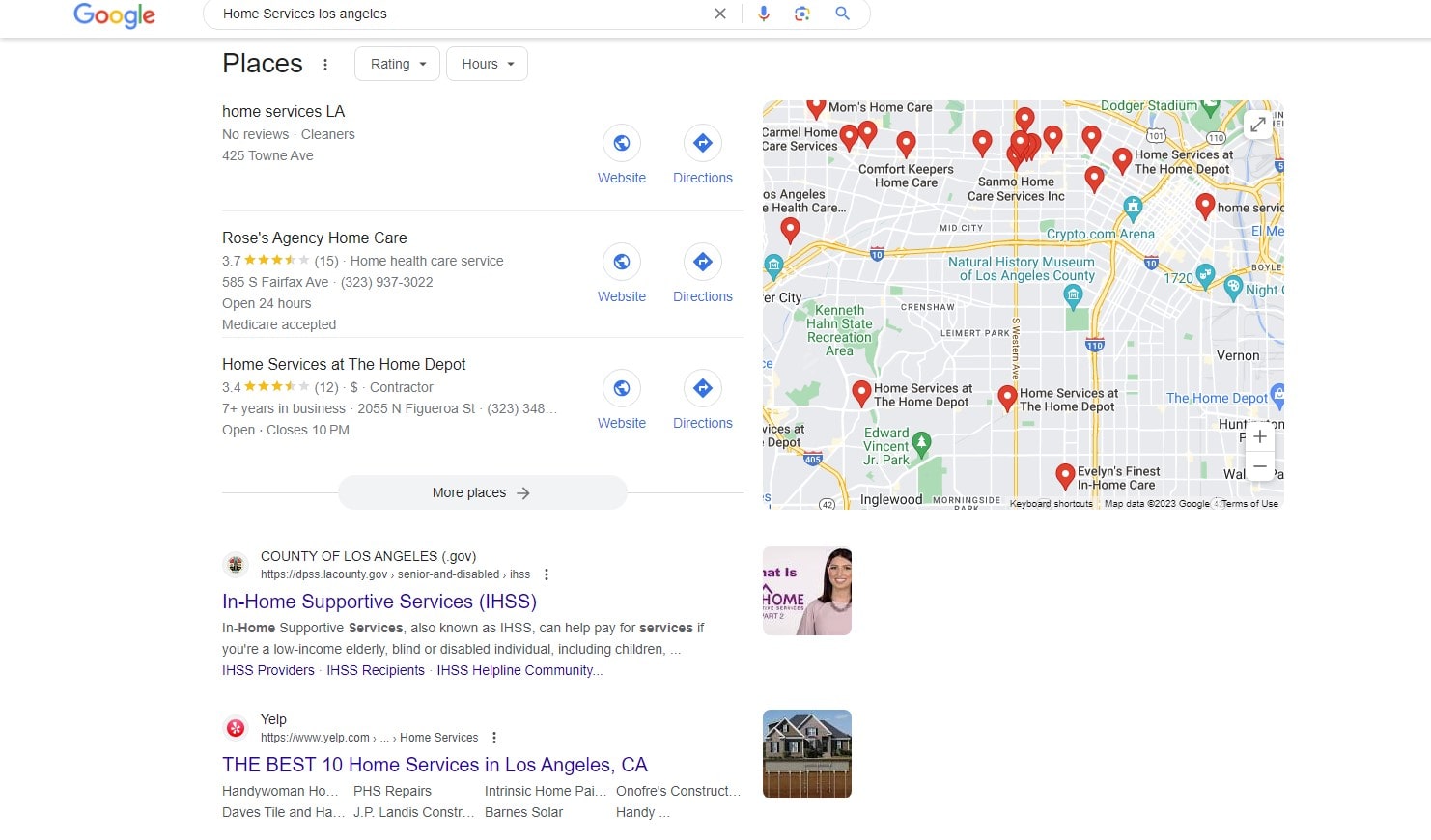
Optimizing local SEO is absolutely vital for companies fighting to carve out a niche in their neighborhood. Small Businesses can create more foot traffic—both physically and virtually—by improving their marketing strategies for a localized audience. Imagine a hometown bakery; by maximizing its internet presence for local searches, it may attract more patrons yearning freshly made goods.
Several techniques will improve your local SEO performance:
- Geo-targeted Content: Write for your local target market by including profiles of nearby companies or pieces on forthcoming events.
- Google My Business Improvement: Make sure your company listing appeals with factual information, good ratings, and striking photographs.
- To create authoritative local links, work with nearby companies or take part in neighborhood events.
- Given most consumers search on-the-go, ensure your company website runs quickly and looks great on mobile devices.
Combining these methods with a company’s main marketing plan helps one to leverage the local clientele more easily. Local SEO combined with conventional marketing guarantees companies reach their target consumer base quickly. Thus, use local SEO to position your company as the preferred choice in your neighborhood while your rivals struggle to establish themselves.
Maximizing the Potential of Social Media Platforms
Companies have to fully utilize social media at a time when digital interactions rule to properly interact with their client base. By means of calculated marketing activities on sites like LinkedIn or Instagram, companies can highlight their special selling points. For a boutique fitness studio, for example, Instagram Stories allow it to highlight client quotes or fast training samples, therefore drawing in future clients.
Important strategies for using social media’s influence consist in:
- Establish trust and recognition by ensuring that the visual and tonal consistency of your company runs across all media.
- Plan monthly entries for your clients that showcase both value-driven insights and promotional materials using engaging Content Calendars.
- Dive into surveys, live sessions, or even Q&A sections to engage your clientele in two-way contact.
- Team up with related companies or influencers to increase the audience reach and support your marketing initiatives.
Businesses that skillfully mix social media capabilities with their marketing plans not only flourish but also grow. By means of customized touches and active participation, companies can build client relationships, so transforming casual viewers into devoted consumers. Small businesses must learn to use social media if they want to keep ahead of the curve in customer-centric success in the always shifting digital terrain.
Implementing Video Marketing Tactics
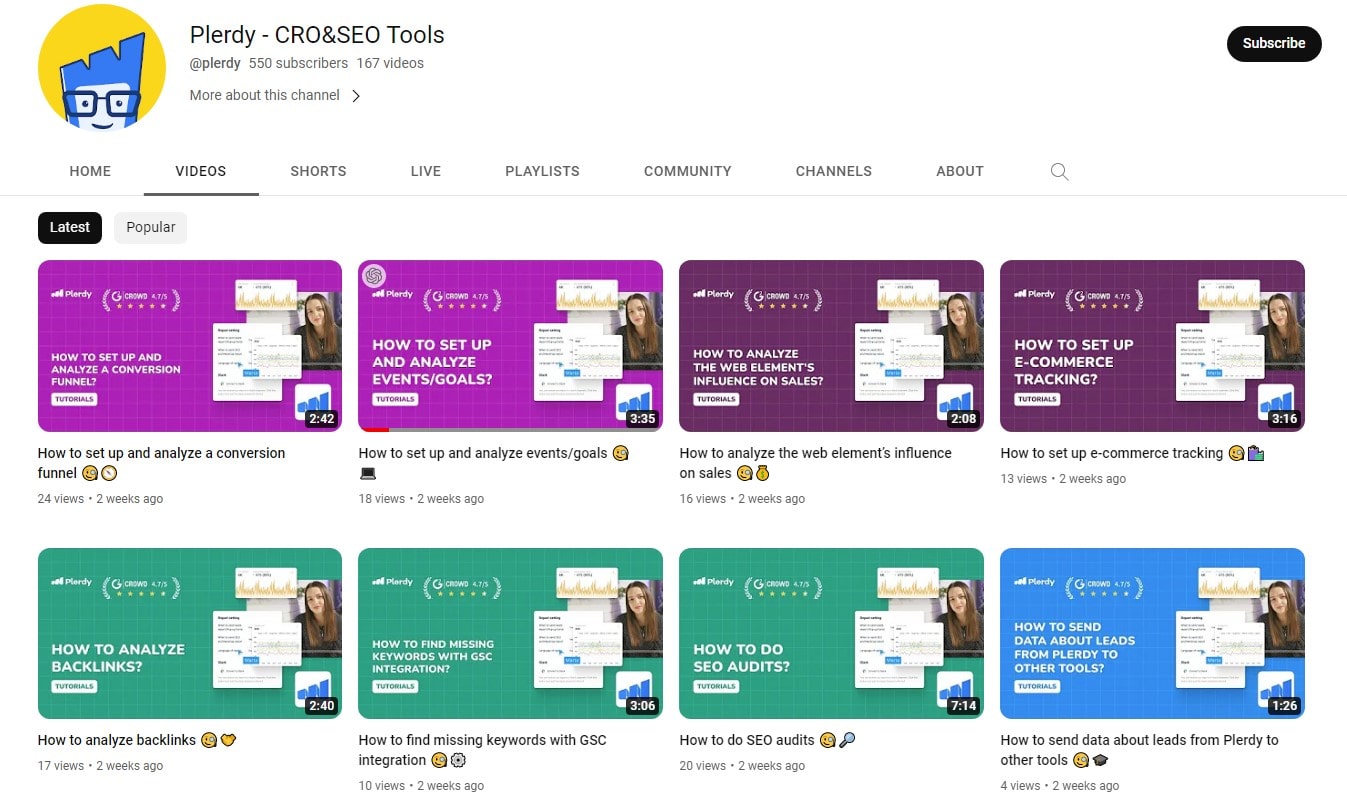
Businesses are discovering in the fast-paced digital environment of today that video content has an unmatched ability to capture their target market. A dynamic instrument in the marketing toolkit, videos can highlight the history, product value, or even behind-the-scenes look of a business. An artisanal coffee roaster, for example, can use quick video clips to show the process from bean to brew, therefore drawing in coffee drinkers.
Important tactics to maximize video marketing consist in:
- Create craft movies telling the special path of your company or client endorsements fit for your target market.
- Platform Adaptability: Change video lengths and formats to fit platform particular needs—be it YouTube’s thorough instructional or TikHub’s quick bursts.
- Using striking thumbnails will help you immediately attract consumer attention and promote click-throughs.
- Closed subtitles and captions: Ensuring that all of your material is accessible to every client—regardless of language or hearing ability—helps to increase involvement.
Small businesses can establish unforgettable touchpoints with their consumers by including these strategies into a whole marketing plan. Businesses must keep ahead of video consumption by creating excellent, interesting material as it keeps on its upward path. By means of clever video marketing, companies not only increase the visibility of their brand but also build closer relationships, thereby transforming viewers into committed consumers.
Diversifying Content through Podcasts and Webinars
Companies are always looking for creative means to break through and have an impact among the digital din. Now enter podcasts and webinars, two very effective weapons in the current marketing toolkit. Imagine running a podcast series including professional interviews on holistic living or producing webinars showcasing the advantages of their product line for a health and wellness firm.
Think about the following techniques to maximize these forms:
- Make sure every episode or session of your podcasts and webinars reflect the particular tone of your company, therefore strengthening the identity of your brand.
- Whether you’re delving deeply into industry insights or showing the path of a product, gripping stories keep your customer interested.
- Group efforts: Join forces with industry leaders or influencers to increase your profile, therefore strengthening credibility and broadening your clientele.
- Interactive Components: Combine polls, Q&A sections, or live consumer involvement.
Diverse material through podcasts and webinars provides a great answer for companies looking to build closer relationships. These channels offer two-way communication and help to build client trust, therefore augmenting marketing initiatives. Businesses open the path for enhanced client interactions by carefully combining various forms, so firmly anchoring their brand in the thoughts of their consumers.
Engaging With Customers Through Email Marketing

Among the several digital marketing strategies at hand, email marketing is one of the tried-and-true methods small businesses may use to personally engage with their clients. Think of a sustainable fashion firm, for example, which highlights client tales, offers monthly newsletters with environmentally beneficial ideas and exclusive discounts.
Companies trying to really connect with consumers by email should:
- Customized Touch: Create emails with recommendations depending on the customer’s tastes using their name.
- Value-driven Content: Emphasize presenting material that educates, informs, or entertains rather than a sales pitch to produce a unique encounter.
- Break up your client list into smaller groups according to behavior or preferences, then customize material for every group.
- Periodically try many headlines, designs, or calls to action to maximize engagement rates.
When done well, email marketing can be a key turning point in the customer’s path with a company. This is a once-in-a-lifetime opportunity for small businesses to personally interact with consumers and discover their needs and wants. Using the possibilities of email marketing will help companies not only increase their marketing visibility but also strengthen close client relationships, so promoting development and long-term success.
Taking Advantage of Collaborative Marketing Opportunities
Collaborative marketing turns out to be a strong tactic for companies ready to increase their footprint in the ever changing digital terrain of today. Imagine a small independent bookstore working with an artisan coffee shop to create shared content, bundles, or collaborative events. Such combinations can greatly increase client involvement and improve marketing results.
Important tactics for successful team marketing consist in:
- Vision and Shared Values: Work with companies that fit the values of your company to guarantee a smooth fusion of stories.
- Align with companies who enhance your products and services. For example, a fitness app team working with a health food firm builds an environment that advantages the consumer generally.
- Dive into projects leveraging fresh demography to widen the horizons for both companies.
- Clear Communication: Keep lines of contact open with your cooperative partner. Face any difficulties squarely and quickly change your approach.
The beauty of cooperative marketing is found in its ability to merge special capabilities and show the client a consistent front. Strategic cooperation allows companies to pool resources, share risks, and most crucially provide their whole consumer bases with a richer experience. This strategy not only supports the marketing initiatives of every company but also creates a community of devoted consumers ready to interact with brands constantly innovating and meeting changing needs. Businesses that embrace cooperation usually find themselves flourishing in the cutthroat market, profiting from the whole mix of mutual development.
Investing in Targeted Paid Advertising
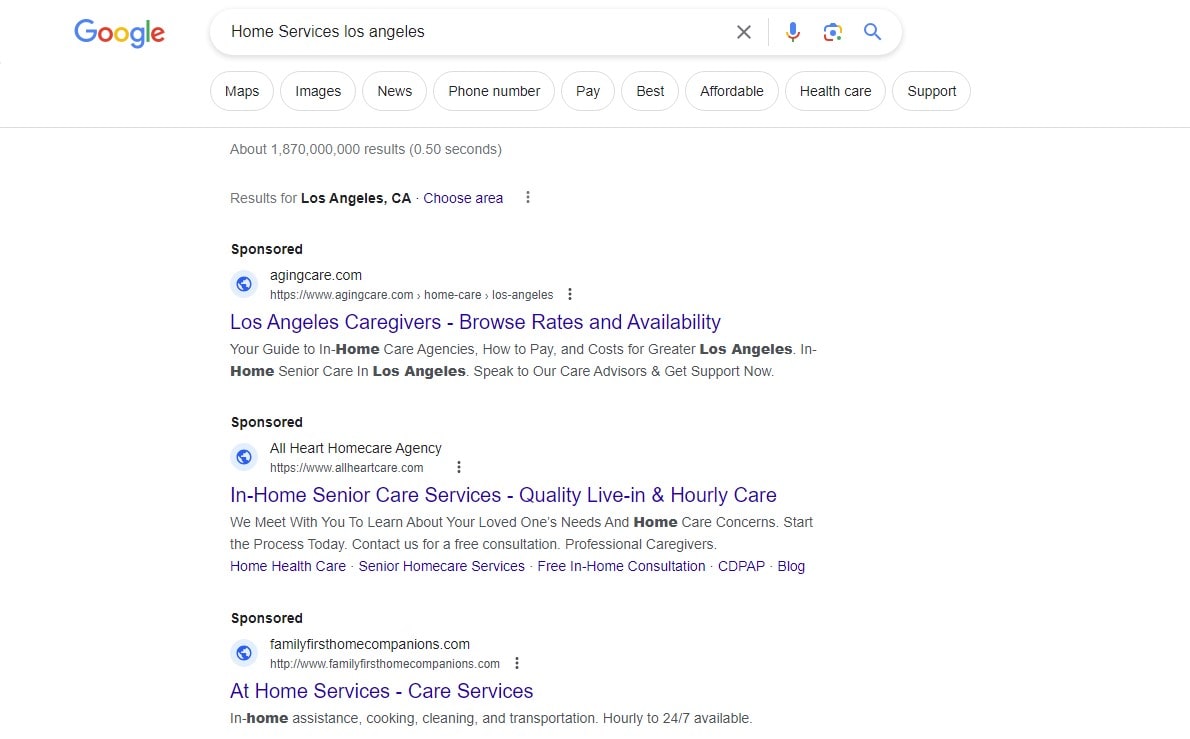
Enter the field of sponsored advertising, and companies find an unparalleled ability to focus on their perfect target market. It’s more about accuracy and making sure every dollar spent appeals to a potential client than about sweeping a net.
Targeted adverts for a fashion e-commerce site, for example, might hone in on those who have lately viewed related products or show a taste for particular apparel brands. Customizing ads to appeal to these particular consumer preferences helps companies increase the chances of turning a browsing into a purchase.
Important factors underlined in focused paid advertising include:
- Divide your possible clientele into specialist groups depending on behavior, tastes, or demographics. This could entail aiming early adopters rather than the general audience for a tech company.
- Customize ad materials to reflect the particular needs and tastes of every group.
- Target the most often used online platforms in your audience.
- While a B2B software firm would give LinkedIn top priority, a beauty brand may find great influence on Instagram.
- Track your advertising’ effectiveness constantly, adjusting tactics to maximize return on investment.
Combining these strategies guarantees that companies’ marketing expenditure is directed properly, thereby optimizing customer reach ready for interaction. When done precisely, paid advertising becomes a powerful weapon in a company’s toolkit—connecting companies to consumers with unparalleled effectiveness and promoting ongoing expansion.
Harnessing the Power of Influencer Partnerships
Companies employ influencer partnerships in the evolving realm of digital marketing to increase brand exposure. Using already established digital territory, small businesses may easily close the distance between brand and consumer. For example, a skincare firm might partner with a beauty influencer to guarantee real product recommendations reach a dedicated audience.
Key ingredients of successful influencer relationships:
- Ensuring the influencer reflects your company’s values will help to align you. A sustainable fashion brand might combine with environmentally minded designers.
- Choose influencers who actually interact with their followers instead than those with only strong follower counts.
- Spread your brand message over several influencer categories in different ways. To increase visibility, a tech company might work with lifestyle influencers and tech whirl-zers.
- Trackable Initiatives: Trackable connections or codes should be included into joint projects to directly affect consumer involvement and sales.
Using influencer relationships, companies can create real ties with possible consumers by avoiding conventional trust-building obstacles. This approach enables companies to create engaging stories that appeal to their consumers, therefore strengthening the link between them and the brand and driving corporate expansion on the linked digital tapestry of today.
Optimizing Website and Landing Page Experiences

Any company’s digital presence naturally depends on its website and landing pages. Since possible consumers connect with a brand mostly on these channels, its optimization is essential for both marketing and business success. A gourmet coffee firm might, for example, use complex storylines and beautiful images to make sure every guest is surrounded in a world of scented brews.
Techniques for improving the web presence:
- Simplify user paths in order of navigation. To enable simple browsing, an online bookshop might classify volumes by genres, authors, or ratings.
- Make sure your website works perfectly on all platforms, from desktop computers to cellphones. For example, a travel agency’s website should offer simple booking choices using any device.
- Intuitive Calls to Action (CTAs) Create strong, unambiguous CTAs that inspire client action. Motivating words could be used by a fitness brand to inspire guests to investigate exercise equipment.
- Use striking images to increase user interaction. High-resolution pictures can help a jewelry company highlight the minute details on its creations.
Companies should constantly improve their digital channels to guarantee the mixing of user-centric designs with marketing techniques. Companies that give the customer’s journey and experience first priority will build loyalty, increase conversions, and eventually help their bottom line. This customized method guarantees companies stand out in a crowded digital terrain and captivates consumers one click at a time.
Establishing a Strong Brand Voice and Story
The din for attention in the busy digital age of today tests every company. Creating a strong brand voice and writing a real story will help a company stand out. This is a calculated action meant to really connect with consumers, therefore promoting loyalty and increasing involvement rather than being a marketing ploy.
Imagine a neighborhood handmade cheese shop: They provide an experience, a legacy by sharing stories of handpicking ingredients, the passion behind each creation, and the decades of family history—not only cheese.
Essential actions to improve your brand’s story:
- Every touchpoint—from marketing to consumer service interactions—should reflect this voice. A young fashion brand’s target market might find resonance in a playful, rebellious tone.
- Transparency and Authenticity: Consumers respect real brands. A skincare company stressing natural components should freely discuss methods of formulation and procurement of products.
- Relatability: Create narratives consumers can relate to. A sustainable brand might include consumer quotes on lowering carbon footprints.
- Consistency between Platforms: Make sure consistency exists in print as well as on social media. For example, a bakery that always exudes cozy, homey energy will tug on heart strings every time.
An honest brand voice and compelling narrative will help to close the difference between consumer loyalty and business ambitions. It’s about turning transactions into relationships so that every marketing project accentuates this link. Companies that achieve this art not only flourish but also leave legacies, rising household names and community mainstay.
Promoting User-Generated Content and Testimonials
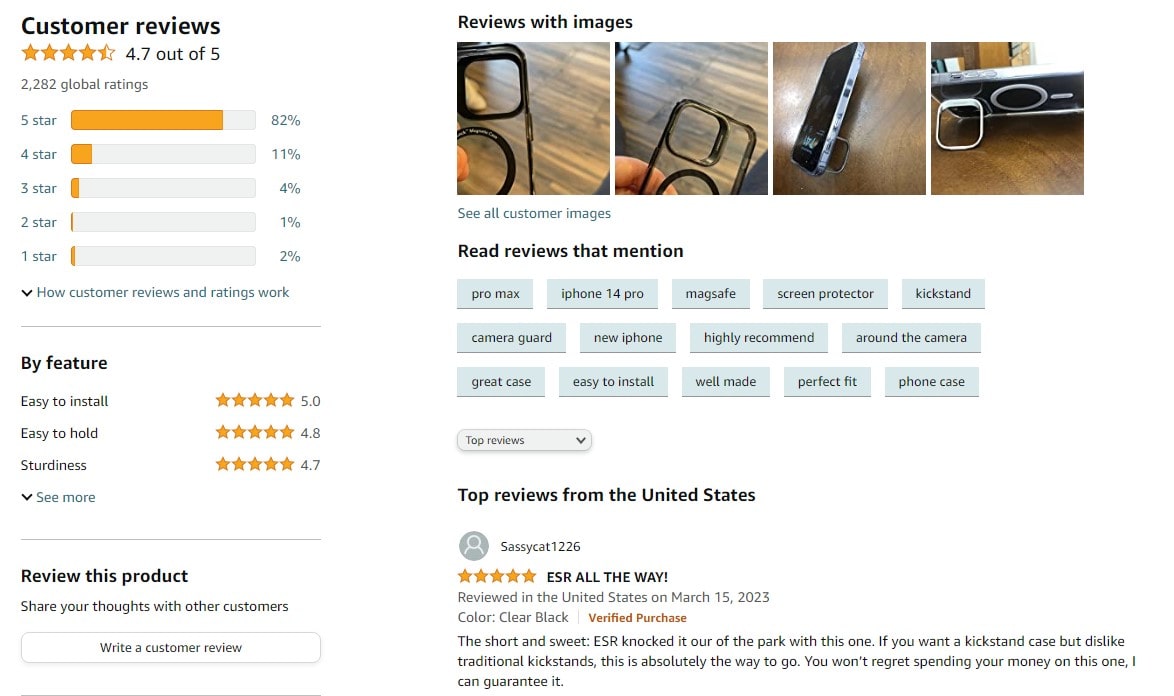
Small businesses are leaning more and more into user-generated content (UGC) and testimonies in a digital era when authenticity is gold. These effective marketing strategies build closer relationships with consumers and increase company reputation as well.
Consider a sustainable shoe company. Consumers keen to highlight their environmentally responsible purchases post pictures and tell tales of their sustainable travels. Such UGC is evidence of the impact of the brand, not only stuff.
Techniques for using this material include:
- Emphasizing social media, post UGC on your official channels. Reposting member exercise videos of using their facilities helps a fitness club create community and involvement.
- Use hashtags: Create hashtags unique to your brand that consumers might utilize to become brand champions. Imagine a coffee business motivating customers to post their best brew memories using a specific hashtag.
- Group efforts: For themed campaigns, team with consumers. A beauty brand can inspire makeup aficioners to present their finest appearances with the products of the brand.
- Emphasize Testimonials: Set aside a part of your website or business to highlight real consumer reviews. Real-life use tales from a tech gadget store help to increase buying confidence.
Giving UGC and testimonials top priority benefits two-fold. For companies, it represents real marketing, so strengthening credibility. For consumers, it offers reinforcement of their decisions and a feeling of community. Using this approach increases brand affinity and transforms casual buyers into devoted champions.
Adapting to Emerging Technologies (e.g., AR, VR, and AI)
By including AR, VR, and AI technology, companies are boldly moving forward in the fast-paced terrain of digital marketing. These developments are completely changing consumer experiences and providing deep, customized interactions never seen before.
Consider a fashion merchant using augmented reality. Consumers can digitally “try on” clothes from their homes, combining the physical sensation of in-store interactions with the ease of internet buying. Alternatively think of a travel firm using VR so clients may experience locations before they ever start packing.
Using these technologies, companies can:
- Personalizing using artificial intelligence: Sort consumer data using AI algorithms to create suggestions. An online bookshop can improve user involvement by recommending books depending on past preferences of a consumer.
- AR tools can improve product images, therefore augmenting reality. Furniture companies can allow consumers see how a sofa might look in their living space.
- Walking into Virtual Worlds: VR may provide brand experiences. Imagine a brand of cars allowing consumers to virtually test drives over picturesque paths.
Changing with these new technology helps companies improve their marketing plans and guarantee they satisfy changing consumer expectations. It’s not only about keeping current; it’s also about blazing new paths that mold consumer interaction with companies in the digital age.
Offering Value through Loyalty Programs and Discounts
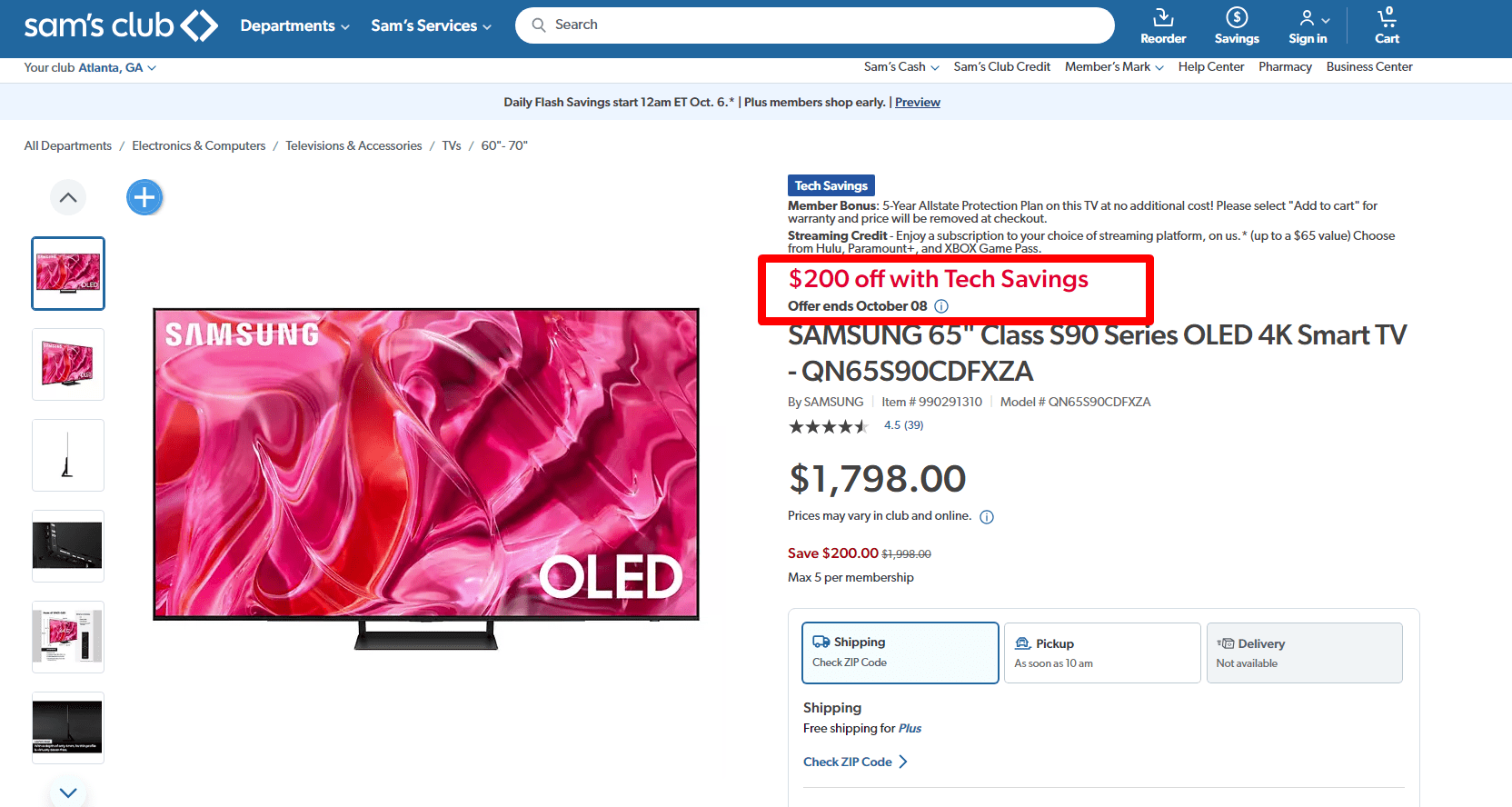
Driving customer involvement in the competitive terrain of modern company goes beyond conventional marketing strategies. Small businesses build enduring ties by launching loyalty programs and discounts, therefore promoting repeat business and increasing general customer lifetime value.
Imagine a coffee business giving complimentary drinks to patrons following every ten purchases. This not only motivates the client to come back but also helps to build trust and gratitude. Likewise, an e-commerce platform with customer birthday discounts gives a customized touch that makes consumers feel appreciated.
Companies can strengthen their customer bonds by:
- Making ensuring loyalty programs fit consumer tastes will help to customize rewards. If you manage a fitness equipment company, provide early access to sales or exclusive workout guides.
- Let consumers earn and redeem points in several ways—buying, recommending friends, or simply interacting with brand materials online.
- Exclusive Discounts: Share with devoted customers periodically discounts. For members, a bookshop might provide discounted rates on bestsellers.
Combining these value-driven approaches helps companies not only increase the effectiveness of their marketing but also build a committed clientele. These initiatives guarantee reciprocal development and ongoing involvement in an always changing market by bridging companies and their customers.
Analyzing and Adapting with Data-Driven Decisions
Success in the ever-changing terrain of modern business depends on capacity to make smart, fact-based judgments. Using data not only improves marketing plans but also affects the course of a company and clarifies consumer behavior.
Through their data analytics, an apparel company might find, for example, a spike in sales of a given design. They can maximize income by focusing especially on advancing that design. On the other hand, a software business might find that clients drop off at a specific moment during their onboarding process, which calls for a redesign of that experience.
Benefits of using data-driven decisions:
- Customize marketing campaigns depending on consumer data to increase engagement rates. Examining consumer preferences, a chain of restaurants might introduce regionally distinct cuisine.
- Businesses can identify process inefficiencies or bottlenecks and thereby simplify operations. After route analysis, a logistics company could, for improved fuel economy, redirect its deliveries.
- Improved customer experience: Companies that know their pain spots may actively solve them. Seeing consistent searches about a product, an online shop can provide a FAQ section for clarity.
Using data in decision-making not only increases the efficacy of marketing but also helps to clarify how to negotiate corporate obstacles. It helps small businesses to be continually in line with changing consumer wants and market expectations so they may pivot, adjust, and finally flourish.
Finally
In this last edition of “15 Marketing Strategies for Small Businesses,” we have seen how marketing has developed from a basic tool for advertising to a two-way dialogues with customers. Every strategy offers a new approach for involvement; this dynamic link shapes the future expansion of small businesses. One can see the possible benefits for several niches in this regard:
- Through tailored email marketing and discounting for their most committed customers, a local bakery builds customer loyalty.
- Using social media marketing, a fledgling software company generates excitement about their most recent app release.
- Content marketing is used in a boutique fitness club to teach its customers about wellness, therefore fostering authority and trust.
Every one of these approaches centers on the fundamental ideas of customer pleasure and corporate development. Today, marketing is more than just visibility; it’s about forging deep connections that result in enduring commercial relationships. Remember as you use these techniques:
- Customize your strategy to fit the special nature of your company.
- Put first the needs and tastes of your client.
- Keep flexible and sensitive to the always changing market trends.
At last, apply these strategies as a road map to not only expand your clientele but also to design a lively neighborhood around your company. Whether we are utilizing data analytics for focused outreach, clever social media campaigns, or intelligent content marketing—the ultimate goal is the same: to build a company culture in which customers feel valued and participated. Here we are entering the future of marketing for small businesses—a world in which we can grow a mutually beneficial relationship with our consumers by learning from them.
